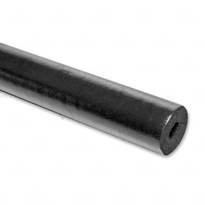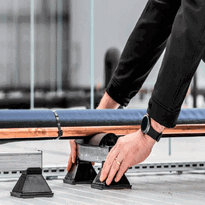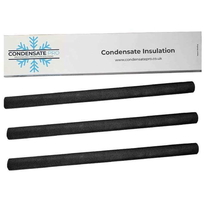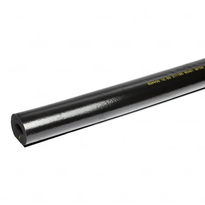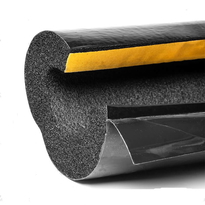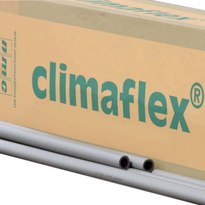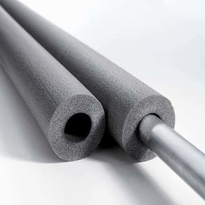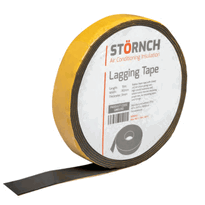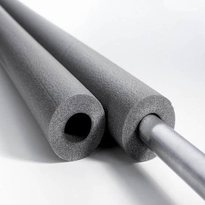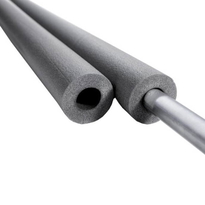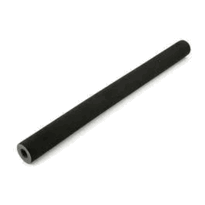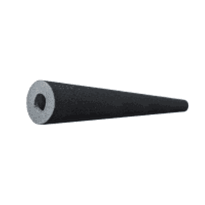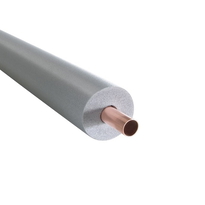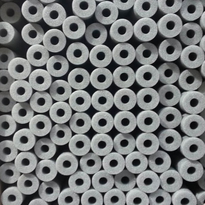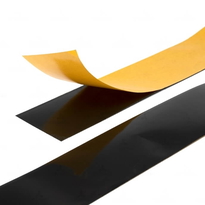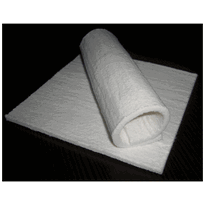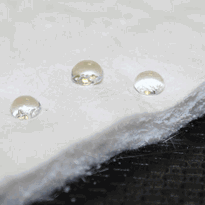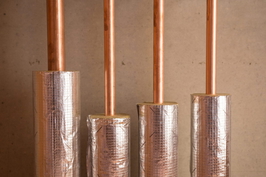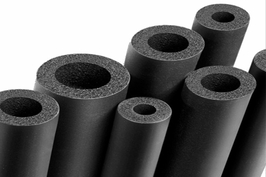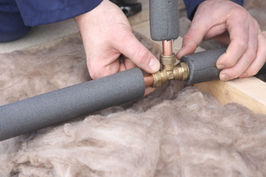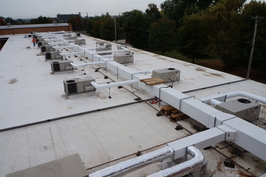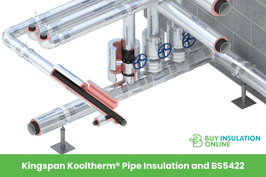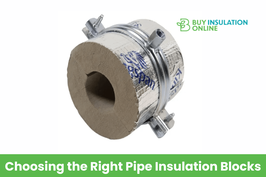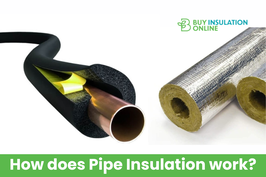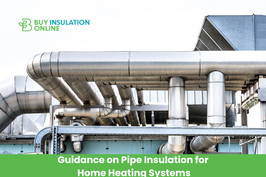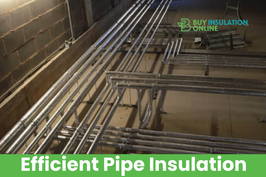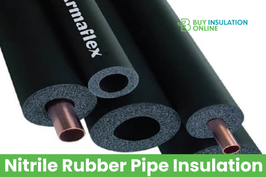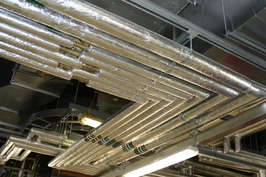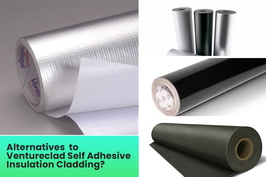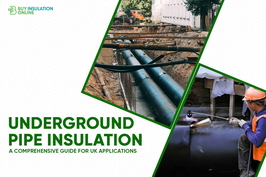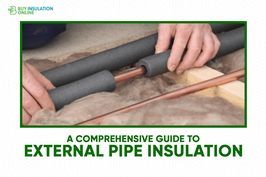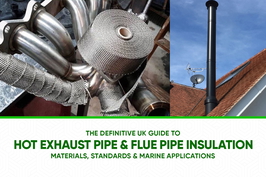Insulation for External Water Pipes
External water pipe insulation is typically made from materials such as polyethylene foam, polyurethane foam, or rubber. These materials are water-resistant, durable, and straightforward to install. Insulating your external water pipes helps to maintain water temperature, prevent freezing, and reduce energy costs by minimizing heat loss.
Proper installation involves accurately measuring the pipes, cleaning the surfaces, and effectively sealing the joints. Selecting the right insulation material and adhering to best practices can significantly enhance the efficiency and longevity of your installation.
For optimal protection, it is essential to consider the specific requirements of your pipes and the local climate. With the right approach, you can ensure that your external water pipes remain well-insulated and protected against the elements.
Common Materials Used for External Water Pipe Insulation
When selecting materials for external water pipe insulation, it's crucial to consider their durability, thermal resistance, and ability to endure outdoor conditions. Polyethylene foam insulation is lightweight, water-resistant, and abrasion-resistant, making it easy to install with pre-cut slits. This material is suitable for both residential and commercial applications. Polyurethane foam provides a high R-value, offering excellent thermal resistance while resisting moisture absorption. This ensures long-lasting performance in outdoor settings. Rubber (elastomeric) insulation is highly flexible, making it ideal for pipes that may move or vibrate. It also withstands varying weather conditions effectively. Fiberglass insulation, composed of fine glass strands, excels in cold environments and contributes to noise reduction. Additionally, fiberglass insulation has fire-resistant properties, enhancing safety when installed on exterior pipes exposed to potential heat sources. These materials are popular choices, as they combine affordability with dependable protection for outdoor water pipes.
Enhancing Energy Efficiency and Temperature Control
Insulating external water pipes significantly enhances energy efficiency and temperature control by minimizing heat loss. This means that hot water remains warm for longer periods, which can lead to reduced energy bills and a decreased strain on heating systems.
In colder outdoor conditions, insulation effectively prevents excessive heat loss, ensuring that water is maintained at a consistent temperature. This not only conserves energy but also improves user comfort by delivering hotter water more swiftly and reducing water waste.
Moreover, proper insulation diminishes the risk of pipes freezing, helping to avert costly repairs.
Installation Best Practices and Maintenance Tips
Proper installation of pipe insulation begins with careful preparation and accurate measurement. Start by measuring the pipe’s diameter and length to select the appropriate insulation size, ensuring a snug fit. Measuring accurately helps achieve optimal insulation performance. Thoroughly clean the pipe surface to remove dust and moisture, which helps tape and insulation adhere effectively. For complex features such as bends, T-joints, and valves, plan precise cuts or utilize specialized fittings like foam elbows or connectors to maintain insulation continuity. When cutting foam sleeves, use a sharp knife to ensure clean edges. Fit the insulation tightly without compressing it, and ensure joints are sufficiently overlapped. Seal seams with duct tape or insulating tape to prevent moisture ingress. Regularly inspect the insulation, particularly before winter, to identify any tears or signs of moisture. Promptly replace any damaged sections to guarantee ongoing protection and efficiency.
Environmental Impact and Sustainable Choice Options
Reducing the environmental impact of water pipe insulation is a crucial aspect of sustainable building practices in the UK. Effective insulation diminishes energy consumption required for heating, which consequently lowers greenhouse gas emissions.
It also safeguards pipes from freezing, thereby preventing bursts that lead to water waste and expensive repairs, which can place a strain on resources.
Minimizing heat loss is vital, as it reduces carbon emissions by lessening the demand on heating systems throughout the lifespan of the pipes. Employing durable, weather-resistant materials diminishes the necessity for frequent replacements, thus reducing landfill waste.
Eco-friendly alternatives such as natural fibers—like sheep’s wool or cellulose—are renewable and biodegradable. Additionally, using recycled materials aids in diverting waste from landfills. Installing insulation with proven durability ensures long-term performance, reducing the need for replacements and associated environmental costs.
Opting for insulation with low embodied carbon and a long-lasting quality can significantly impact, promoting environmentally responsible choices that benefit our communities and future generations.
Key Benefits of Proper Pipe Insulation for External Water Systems
External water systems in the UK greatly benefit from proper pipe insulation, which is essential for preventing damage caused by severe weather conditions. Insulation serves as a thermal barrier, helping to regulate pipe temperatures and prevent freezing during colder months. When pipes freeze, they can expand and potentially crack or burst, resulting in significant water damage to walls, floors, and structures. Proper insulation reduces the risk of pipe failure in harsh weather conditions, ensuring that water flows reliably within the pipes, thereby reducing the risk of costly repairs and service disruptions. Moreover, insulation enhances energy efficiency by minimising heat loss in hot water lines, which can lead to lower utility bills. In addition, insulation protects against condensation, safeguarding pipes from rust and corrosion that could shorten their lifespan.
Conclusion
Proper insulation for external water pipes is essential in preventing heat loss, minimizing energy costs, and safeguarding pipes from freezing conditions. Selecting the appropriate materials and adhering to best installation practices ensures effective insulation and simplifies maintenance. Sustainable insulation options can also reduce environmental impact.
Overall, well-insulated pipes enhance system efficiency and longevity, making them a wise investment for any property. Regular maintenance is key to guaranteeing ongoing performance, protecting against future issues, and ensuring reliable water flow throughout the year.
